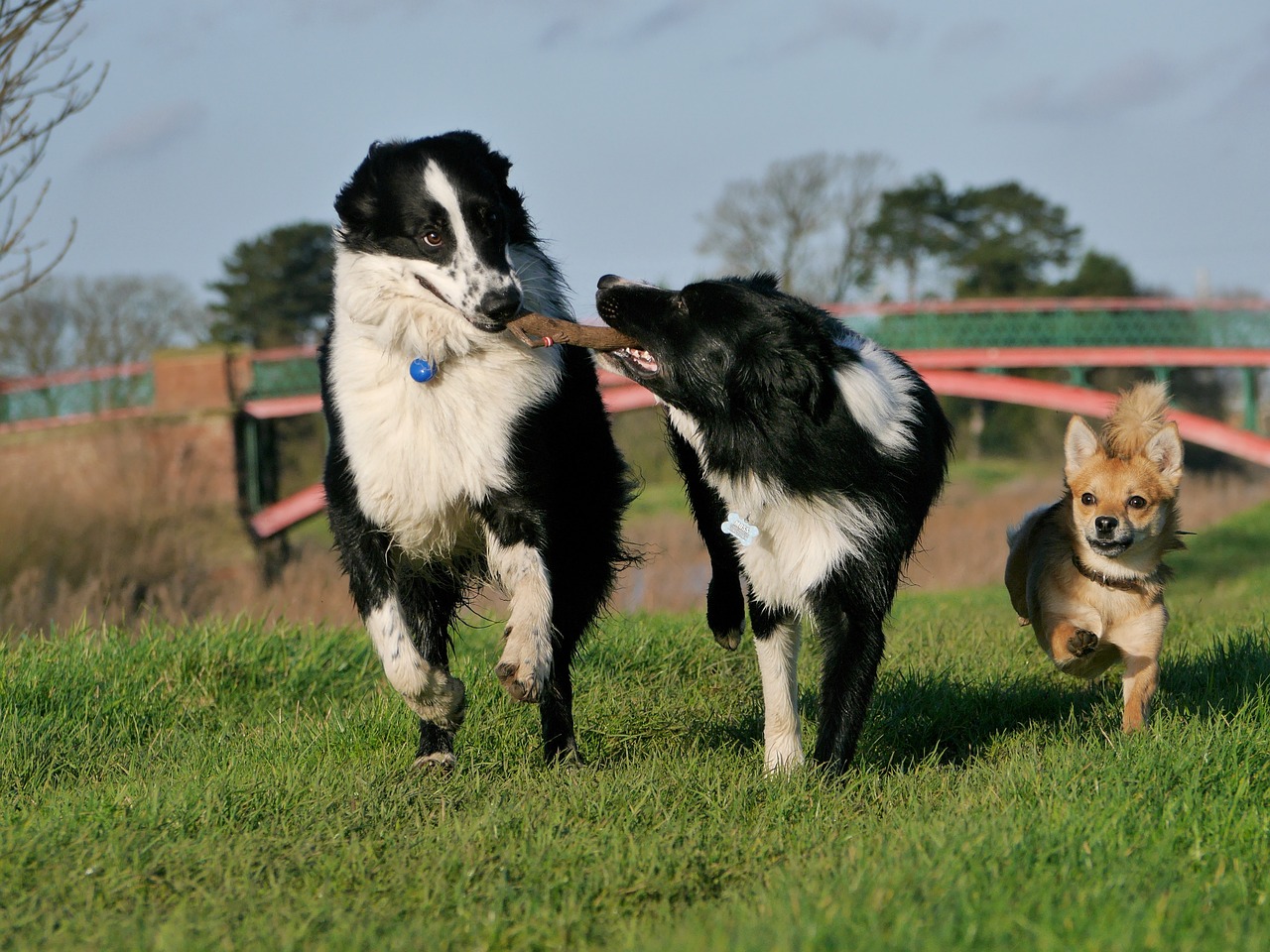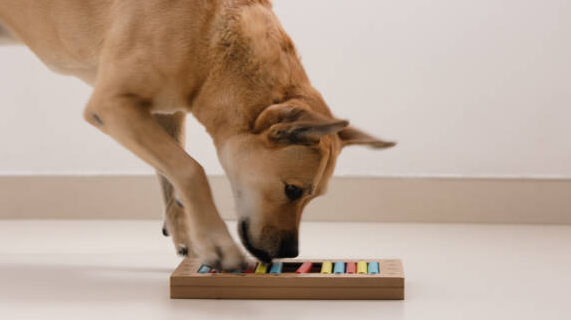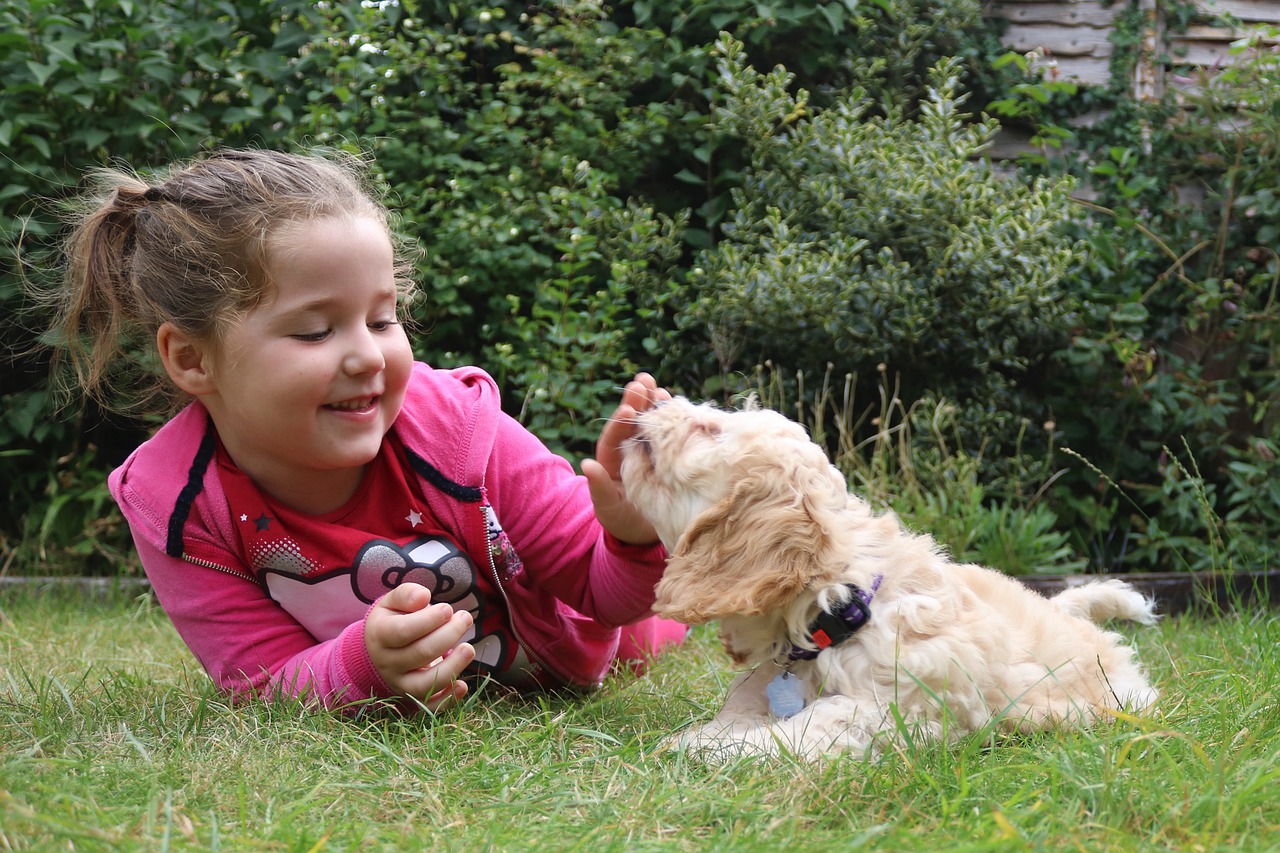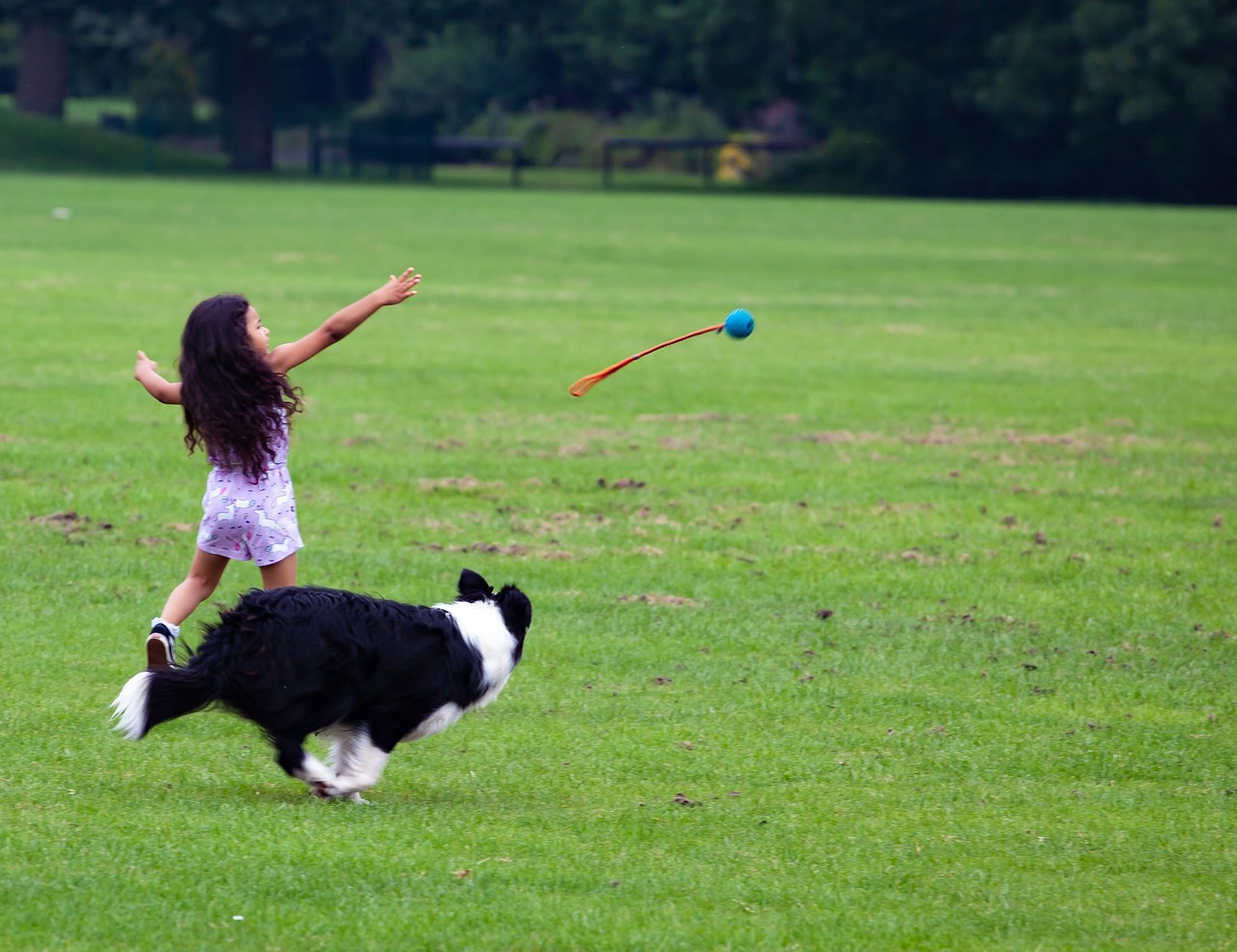Social Housing for Kenneled Dogs – Croney Research Group
Why should we consider pair or group housing for dogs in kennels?
Dogs are considered a socially gregarious species, and many dogs enjoy living with other dogs. Pair or group-housing is a common standard of care for dogs living in kennels (e.g., laboratories, shelters).
Research has found that group-housed dogs show fewer behavior issues, less stress, and better interactions with humans. Further, negative impacts of group-housing have not been reported.
However, it is important to match dogs carefully. Although many dogs will enjoy the company of others, some dogs may prefer to live alone. Unstable groups or pairings where dogs are stressed is not better than solitary housing.

Socially gregarious: individuals who tend to form groups or have frequent interactions with other members of their species
Managing social housing
- Dogs need adequate space – make sure that your kennels are large enough to accommodate the number of dogs in them.
- A kennel with indoor and outdoor spaces allows dogs to spend time apart if they choose.
- Increase resources – have enough feeders, water dishes/waterers, and beds so that dogs do not have to compete for access to these important things!
- Runs with multiple dogs will need to be cleaned more frequently to avoid accumulation or tracking of stool/waste.
- When possible, keep social groups stable. Dogs can become bonded with one another, and it can be stressful to be separated from that companion.
Introducing dogs in a kennel environment

For first meetings, choose a time when both dogs are calm, and you are calm too! Speak to the dogs in a happy voice and stay relaxed. Keep the first few interactions short.
- If your dogs are used to wearing a collar and lead, have both dogs on a loose or dragging lead.
- A neutral outdoor spot can be a good place for dog introductions. A larger fenced yard is ideal to allow the dogs a little more space and freedom.
- Let the dogs walk separately in the space. They may investigate each other’s urine scent.
- Offer the dogs treats when they are calm together. If they know some basic requests (such as sit, high five, or looking at you), ask for those behaviors.
- If the dogs seem calm and happy, you can allow some gentle sniffing of each other. After a few seconds of sniffing, encourage them to move away.

- See our handout on Canine Body Language. If you notice any “Red” or “Yellow” behaviors, or if either dog freezes during introductions, give them a break.
- Play bows, and loose, wiggly behavior are positive signs – if both dogs are showing them!
- Try to end interactions on a high note.
- Until you feel comfortable with how they get along, keep dogs separated when not supervised.
Signs dogs aren’t getting along
- Although dogs are social, it does not mean they will like all or any other dogs. Some signs of stress are obvious (such as snapping, growling, or fighting). But signs of stress can also be more subtle (for example, where one dog blocks another dog’s access to food or water).
- Watch both dogs’ body language carefully for signs of fear or stress.
If dogs aren’t getting along:
- Make sure a health problem isn’t a factor.
- Increase exercise/mental stimulation: regular enrichment and exercise reduce stress.
- Talk to your veterinarian or a behavioral professional for help evaluating your kennel’s situation.
- Be careful when selecting dogs for breeding or as hold backs – give them positive experiences with other dogs when they are young.
- Avoid breeding dogs with behavior concerns, including aggressive signs with other dogs.
Alternatives to social housing
If pair or group housing isn’t right for some of your dogs, there are other ways to meet their social needs.
- Part-time management: Some dogs can live together only with certain other dogs, or may need separation at specific times (e.g., mealtime, when pregnant, etc.)
- Play groups: Research has shown that even a once-a-week play session with other dogs was beneficial for kenneled dogs. Use a larger outdoor space to bring dogs together for regular play and interactions. Have enough toys/activities and treats for everyone!
- Solitary housing: Some dogs will want their own space. If they aren’t a good fit for group-housing, make sure their solo space has plenty of enrichment!
- More human contact: Dogs aren’t just social with other dogs. Dogs that don’t enjoy group activities may enjoy more positive contact with humans.




Topic(s): Bare Bones Basics, Behavior, Breeder Resource, Designs that Support Good Welfare, Dog to Dog, Environment, Social Interactions